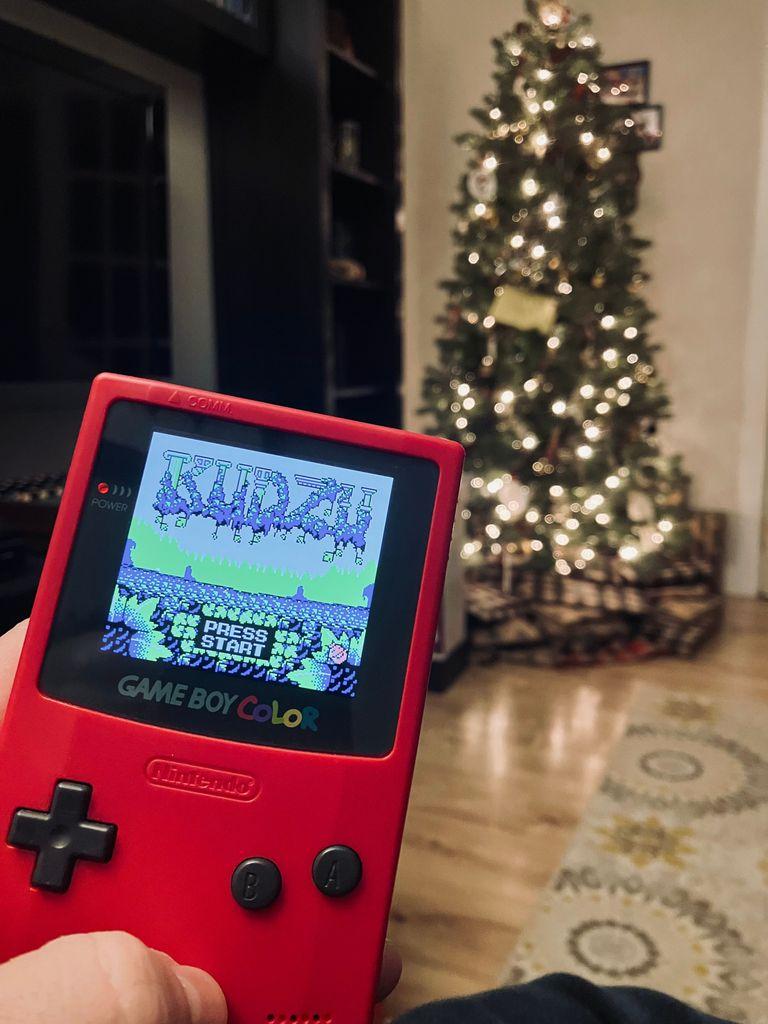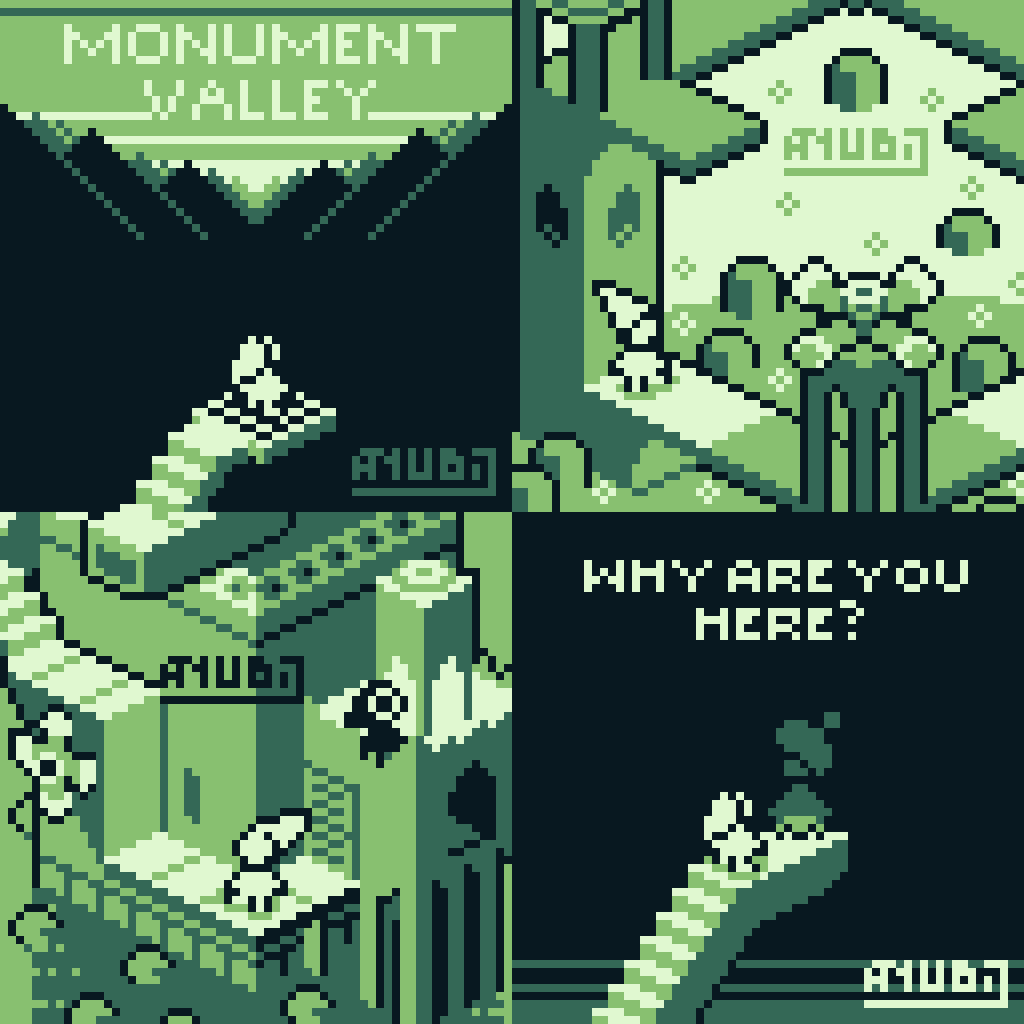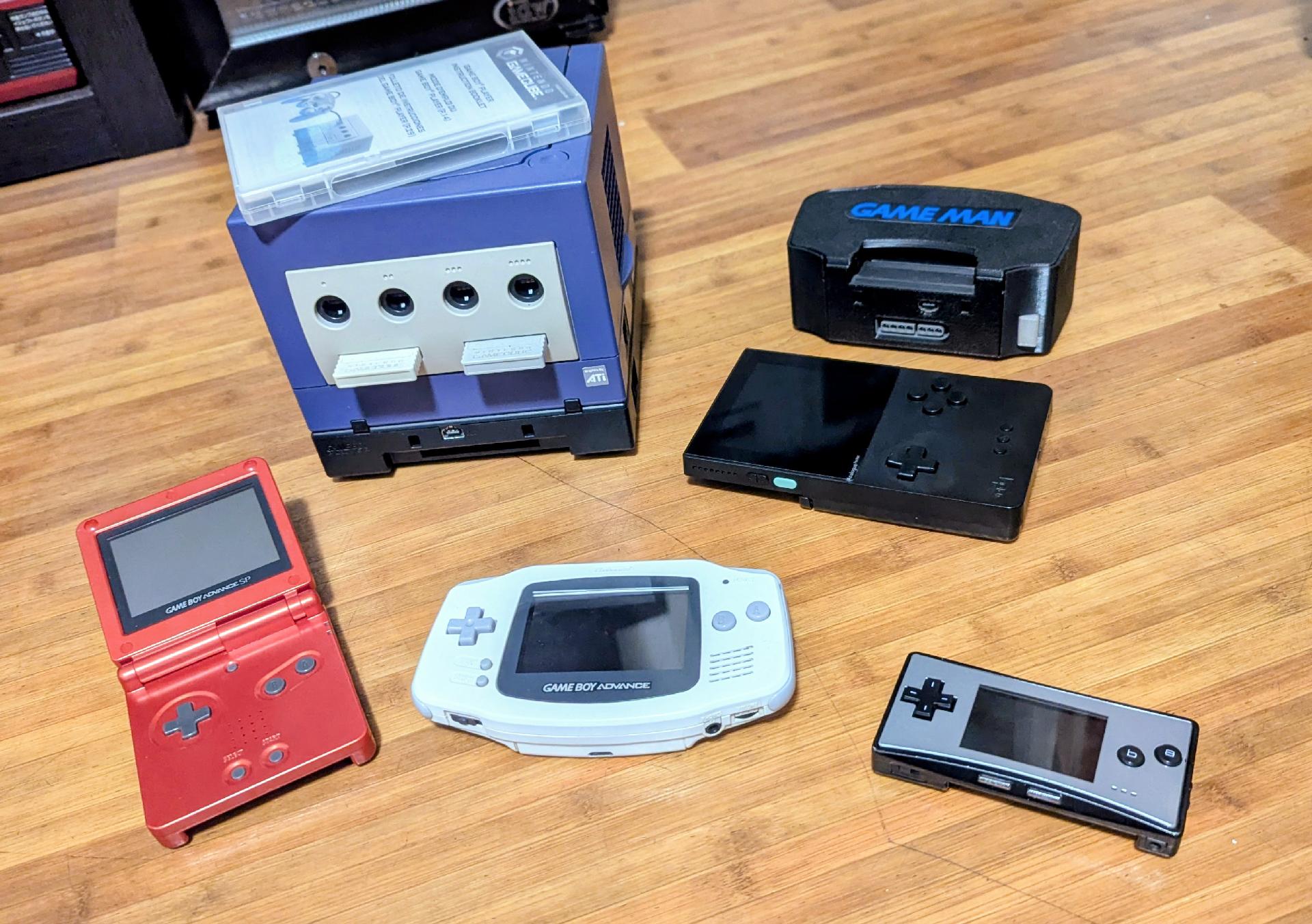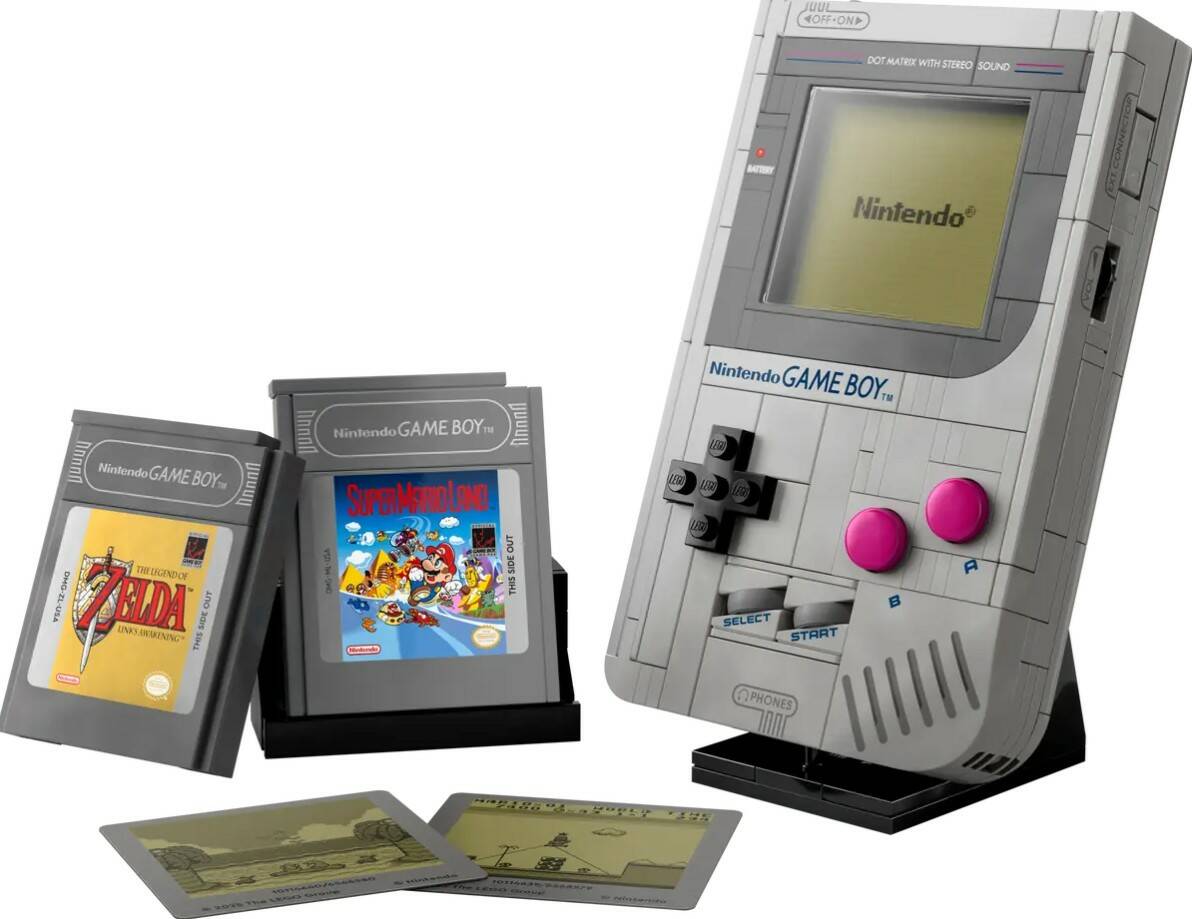I freaking love that people are still making new #GameBoy Color games now. I have zero desire to play them but the fact that they exist warms my heart.
https://www.kickstarter.com/projects/gkgames/lunar-mystery-2103
Commission for @esperwife !
Thanks so much for your support!
Commission for @esperwife !
Thanks so much for your support!
Oldie but Goldie: Monument Valley, demake'd
I really want to make more demakes/mockups...
#PixelArt #Art #Gameboy #MonumentValley #Fanart #AnubiArts #Demake #OldieButGoldie #MastoArt #FediArt
Oldie but Goldie: Monument Valley, demake'd
I really want to make more demakes/mockups...
#PixelArt #Art #Gameboy #MonumentValley #Fanart #AnubiArts #Demake #OldieButGoldie #MastoArt #FediArt
Whaaat. It also contains the original Metroid? 🤯
#gamestop #retrogaming #gameboy #gameboyadvance #metroid #kirby
Whaaat. It also contains the original Metroid? 🤯
#gamestop #retrogaming #gameboy #gameboyadvance #metroid #kirby
Took me a while to get them from Gamestop US, but boy am I ready for Metroid Zero Mission.
In Europe, it’s very hard and expensive to get it. About 100€, and Gamestop was selling it for $50.
Unfortunately, I also ordered Final Fantasy 6 for a similar price, but it turned out to be a fake.
#gamestop #retrogaming #gameboy #gameboyadvance #metroid #kirby
🎮 The Gameboy emulator that runs everywhere (Terminal, Web, Desktop)
https://github.com/raphamorim/gameboy
#games #videogames #nintendo #emulator #gameboy #software #opensource
🎮 The Gameboy emulator that runs everywhere (Terminal, Web, Desktop)
https://github.com/raphamorim/gameboy
#games #videogames #nintendo #emulator #gameboy #software #opensource
For funzies I decided to take a pic of all the hardware I have (that I can think of) that can play GBA cartridges
For funzies I decided to take a pic of all the hardware I have (that I can think of) that can play GBA cartridges
Building a Game Boy out of Lego? Just awesome!
https://www.theregister.com/2025/10/03/lego_game_boy/?td=rt-3a
Building a Game Boy out of Lego? Just awesome!
https://www.theregister.com/2025/10/03/lego_game_boy/?td=rt-3a
Portable computing machines peaked in the 90s and since then have suffered from the introduction of new technologies that severely decreased their reliability and longevity.
Flash memory
Before this, you used battery-backed RAM and an "AAs + coin cell" approach to keep it alive while swapping batteries. RAM is an unfussy technology without lifetime concerns. All necessary system software is in ROM, is well-debugged (because it can't be updated), and resetting to factory state is quite simple: clear RAM, boot from ROM.
After: You must now patch your firmware to whatever version the community/homebrewers support. Once you use up all your write cycles, machine loses its mind or bricks itself.
Li-ion batteries
Before this, you used standardized modular batteries like AAs or coin cells. When a new battery technology comes out (like rechargeables or NiMH's), upgrades are automatic and backwards-compatible. Battery life is limited only by the number of spare cells you bring.
After: Batteries are custom to the machine and often go out of production along with it. Batteries may be sealed inside and inaccessible without specialized tools.
There are many machines I would collect if not for these poison pill techs.
More portable #retrocomputing philosophizing: Whether a machine has "Instant-On" makes a huge difference in the tasks it's useful for. By this, I mean whether the machine returns to the same program and screen where you left it, when powered back on from inactivity.
Without "Instant-On", the machine demands to be used for long sessions, (else the boot time is too inconvenient) and demands your constant attention (else the power draw of leaving it sitting around powered on is wasted). Using the machine involves clearing your schedule and devoting yourself to it, like reading a book.
Examples of machines without "Instant-On": DOS-era laptops, #Book8088, #GameBoy, #MailStation.
With "Instant-On", the machine is useful for PDA-style quick jottings, grocery lists, etc. It is also useful for fun activities even in circumstances where you are likely to be interrupted.
Examples of machines with "Instant-On": #HP200LX, #HpOmniBook, #PalmPilot, #PocketPC, #TI92 (and other TI calculators), and, of course, smartphones.
While machines in the first category may offer a more immersive experience, they are far less useful to me than machines in the second category. It's like the difference between a luggable and a true mobile computer.
The official LEGO Game Boy Kit is a 421-piece model that lets you build a replica of the classic game console. Officially it's just a model and doesn't play games. One hardware hacker is making it playable though, and may eventually sell mod kits. https://www.theverge.com/news/790093/lego-game-boy-natalie-the-nerd #NatalieTheNerd #LEGOGameBoy #GameBoy #LEGO








